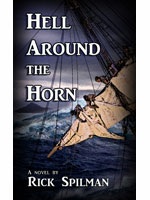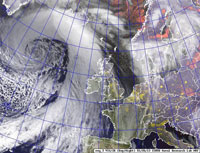
Photo: Navy Research Lab, Monterey.
Last Saturday, in the Northern Atlantic to the south of Iceland, the extratropical storm Jolle, intensified dramatically. Meteorologists use central pressure as a proxy for measuring the strength of a given storm. The lower the barometric pressure, the more intense the storm. By this standard, Jolle, whose central pressure dropped to slightly below 930 mb, was more intense than Superstorm Sandy, which dropped to a pressure of 940 mb. Fortunately, the storm Jolle did not strike land. The old expression to describe storms as moving “safely out to sea,” has never set very well with mariners, but one hopes that in these days of weather routing that most ships avoided Jolle.
The all time record for lowest barometric pressure for a North Atlantic extratropical storm is 913 mb, set on January 11, 1993. During that storm, the 90,000 dwt tanker Braer was caught out in the storm. Piping on deck broke allowing saltwater to enter the fuel tanks, disabling the engine and causing the ship to drift onto Garths Ness on the Shetland Islands, resulting in a significant oil spill.
Mighty North Atlantic low bombs to 930 mb

 In late January
In late January 

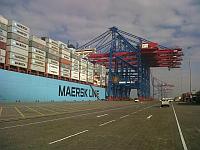
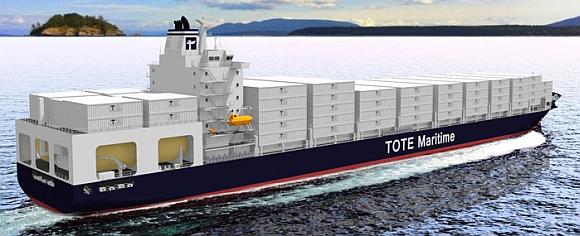 In December,
In December, 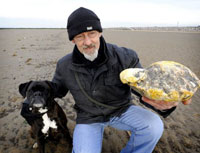
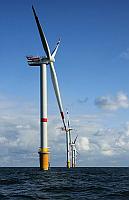 New energy is coming to Fukushima, the region in Japan best known for a nuclear disaster following the Tōhoku earthquake and tsunami of 11 March 2011. The
New energy is coming to Fukushima, the region in Japan best known for a nuclear disaster following the Tōhoku earthquake and tsunami of 11 March 2011. The 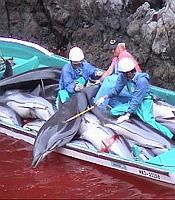 Every year in the village of
Every year in the village of The Navy has announced that the minesweeper,
The Navy has announced that the minesweeper, 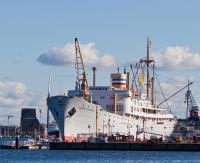 In its more than 60 year history, the
In its more than 60 year history, the  The Confederate submarine H.L. Hunley is credited as the first successful submarine, in that it was the first submarine to sink an enemy warship in combat. New findings, however, might cause some to reconsider this “success.” The Hunley may have been sunk by the force of its own explosive mine.
The Confederate submarine H.L. Hunley is credited as the first successful submarine, in that it was the first submarine to sink an enemy warship in combat. New findings, however, might cause some to reconsider this “success.” The Hunley may have been sunk by the force of its own explosive mine.
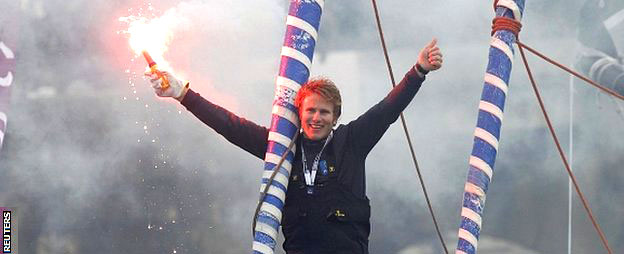
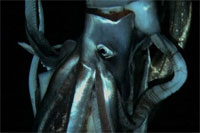 Tomorrow, January 27th, at 8 PM ET & PT, the Discovery Channel is airing
Tomorrow, January 27th, at 8 PM ET & PT, the Discovery Channel is airing 